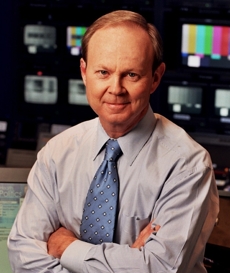
By MIKE MAGEE
Confrontation is good. Governor Abbott’s “We are getting out of the business of telling people what they can and cannot do” was “Neanderthal thinking” as President Biden said. Insurrectionist Richard Bennett, whose feet sat on Speaker Pelosi’s desk two month’s ago, does need to cool his jets in jail awaiting trial. And states lagging in immunizing teachers, opening schools, and accelerating their vaccine efforts need to realize that they will be held accountable by voters in the near future.
That is surface turbulence, but quietly below the surface, there are other transformational forces underway fueled by pandemic accelerants.
How long would it have taken under normal circumstances to advance equitable access to broadband and tech devices for all students in America? A decade from now, would we have advanced teacher skills in long-distance learning to the degree we are now witnessing? And how many at-home workers will be willing to return to off-site offices in the near future?
These are just a few of the questions being considering as we return to “normal” or life under the “new-normal.” And while we are all doing our best to cope with the fear and worry that comes with change, most of our collective anxiety is now focused on economic security and jobs.
This past month we added 379,000 jobs. Sounds great, that’s if you ignore the fact that there remain 9.5 million fewer jobs in our economy compared to a year ago, or that first-time jobless claims rose last week. As former Federal Reserve economist Julia Coronado reported, “We’re still in a pandemic economy.”
Continue reading…















